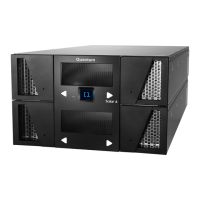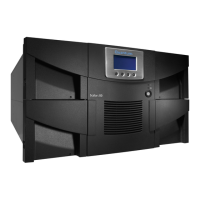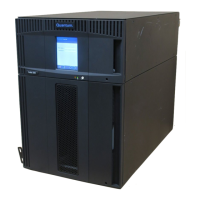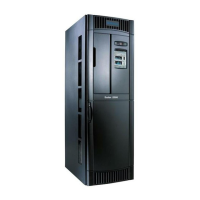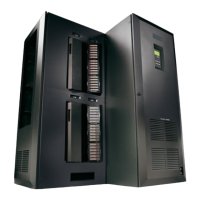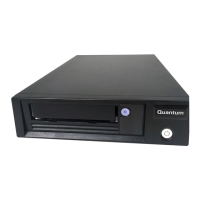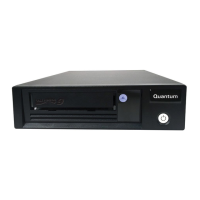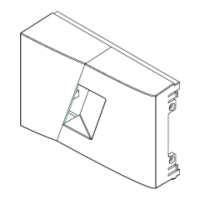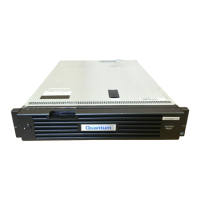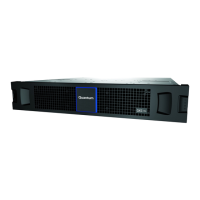196 Configuring the Library
3 Click a port to highlight it, and then click Configure.
For an FC port on either the MCB or an I/O blade, the Fibre Channel Parameters dialog box appears.
You can configure two settings for an MCB connection and all settings for an I/O blade connection. The
figure above shows an FC port configured for target mode and a loop preferred connection.
a. In the Loop ID area of the Fibre Channel Parameters dialog box, selecting Soft acts as a
toggle, checking and clearing the box. If the box is not checked, you can click a hard loop ID
(within the range from 0 to 125) from the drop-down list. Some operating systems require hard
ID settings. Consult your service representative before making changes to this setting.
b. Select Auto to automatically set the interface speed. To configure the speed manually, clear
the Auto check box and use a setting from the drop-down list. Because this setting is not
configurable on the MCB, the Speed area does not appear on the Fibre Channel Parameters
dialog box when configuring the MCB FC port. The MCB FC port speed is always 1 Gb/sec.
c. FC Frame Size is specified by each receiving node and need not match any other node. The
frame size is typically set to 2048. (You can use another frame size if it is required by a particular
software application.)
d. FC ports support Private and Public Fibre Channel attachments. The default port mode setting
for FC ports 1 and 2 is Target Public, and the default port mode setting for FC ports 3 through
6 is Initiator Public. With Public, the loop is scanned for Fabric devices and allows the Fabric
to have access to all available target devices that are attached to it. With Private, the local loop
is scanned for devices except for Fabric devices. In Target mode, the port is set to receive
connections from another FC initiator, such as a host or FC switch. In Initiator mode, the port
scans for storage devices. In Target and Initiator mode, the port operates in both modes
simultaneously.
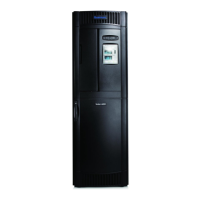
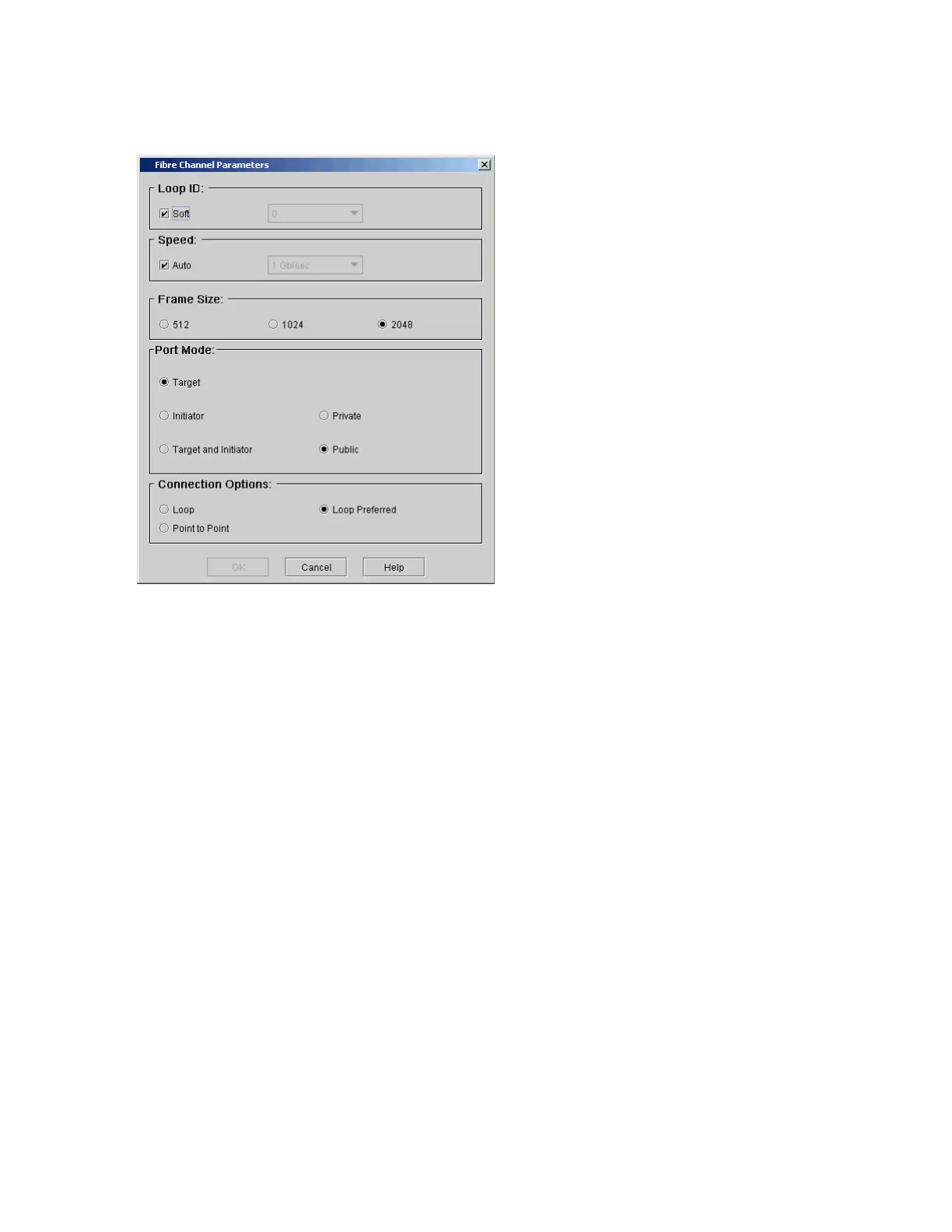